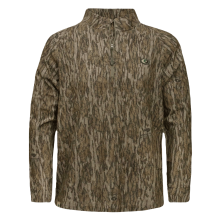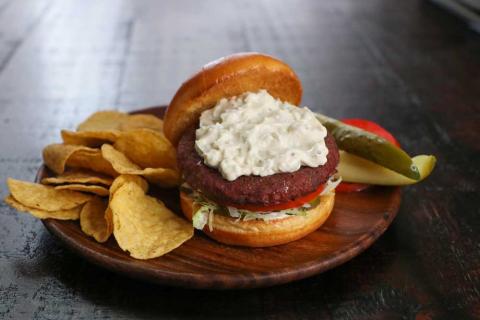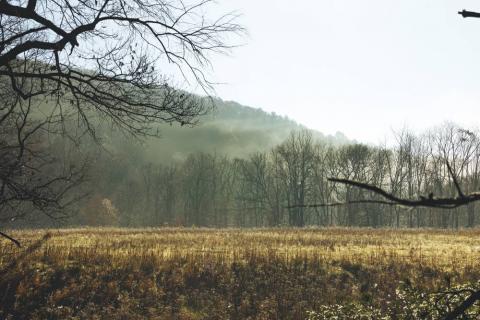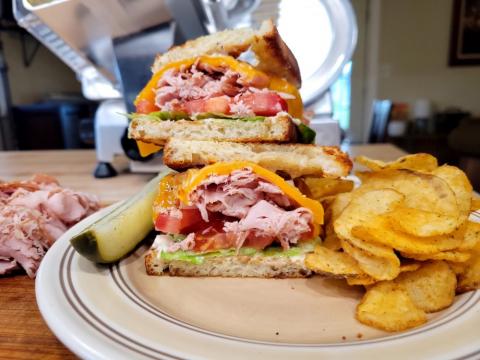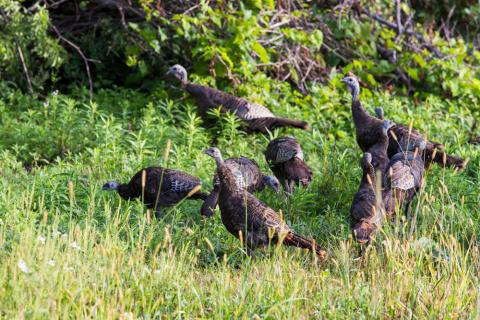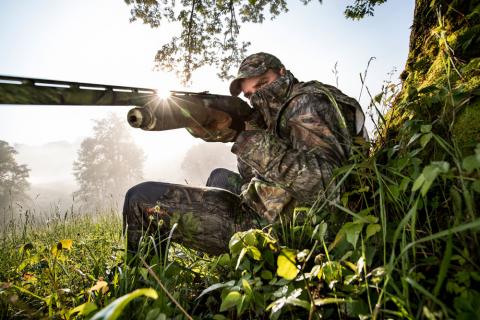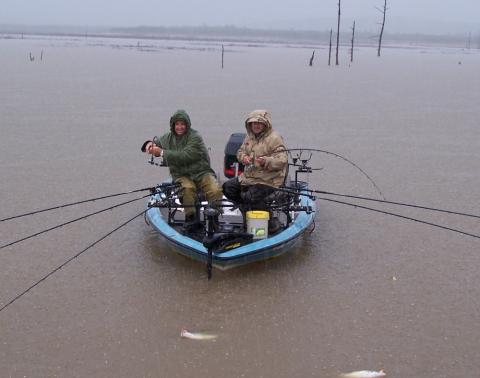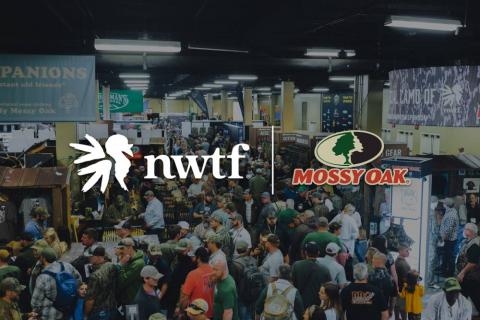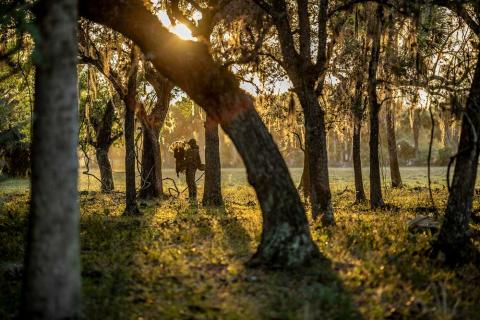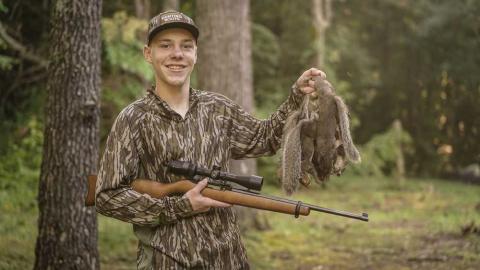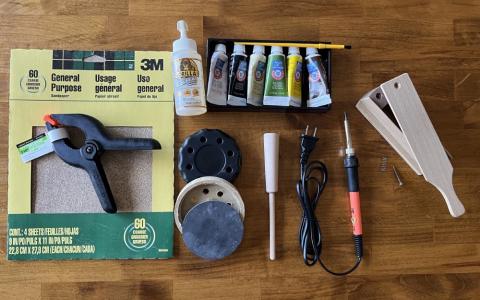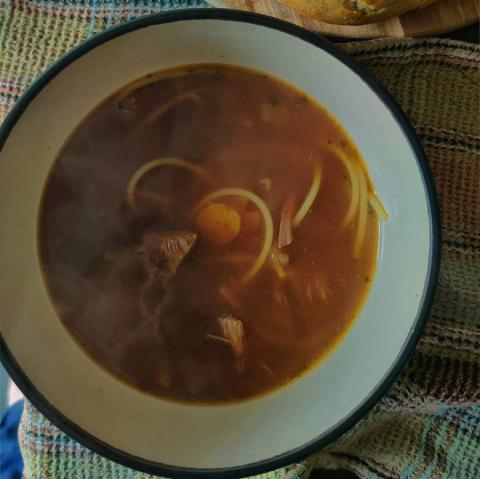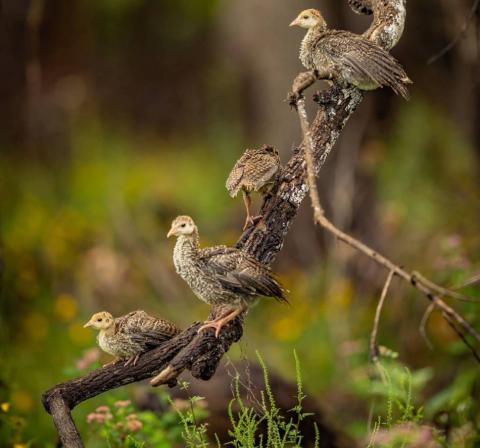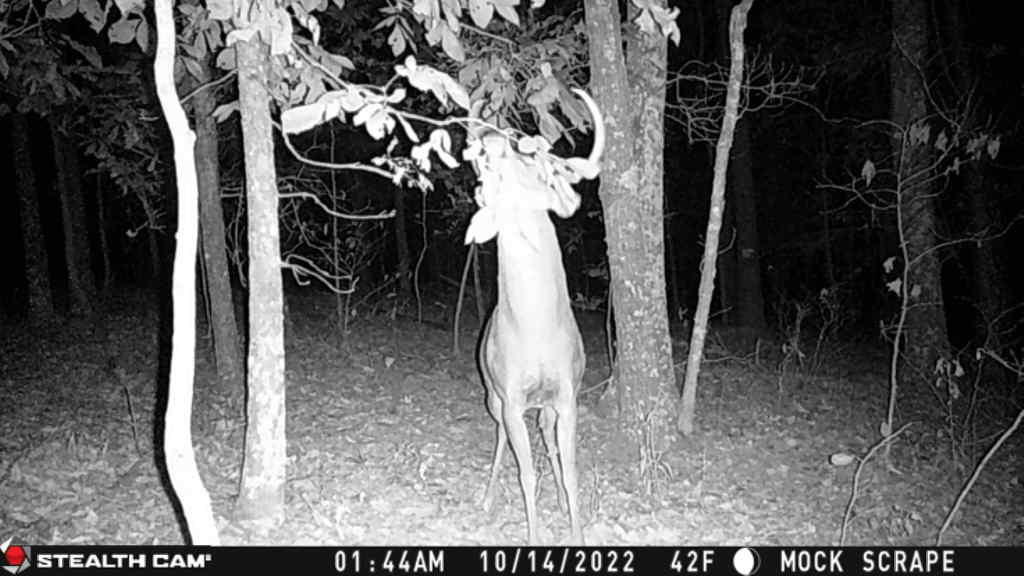
Heath Wood
Chronic wasting disease has decimated whitetail deer populations in recent years, which is why baiting is now prohibited in many parts of the country. If you live in an area where feeding is no longer allowed or would like to attract deer in a way that does not expose them to a deadly neurological disease, making a mock scrape could be a great idea. If you decide to take this path, make your mock scrape during the early season when mature bucks start to communicate with each other before breeding.
Timing Is Crucial
This pre-rut period begins in mid-October and lasts for about two weeks. When they are nearing the time when they enter their estrus cycles, bucks rub their heads on overhanging branches to leave scent markers and use their hooves to create patches of clear ground. Big bucks do this before the rut to mark their territory, attract does and warn off competitors.
Timing will be crucial if you plan to make a mock scrape to take advantage of this behavior. During the first few weeks of the hunting season, bucks tend to use scrapes more often at night. As the season progresses, bucks abandon scrapes and begin to pursue does. This leaves about three or four days when bucks use scrapes and are active during daylight hours.
Choosing a Mock Scrape Location
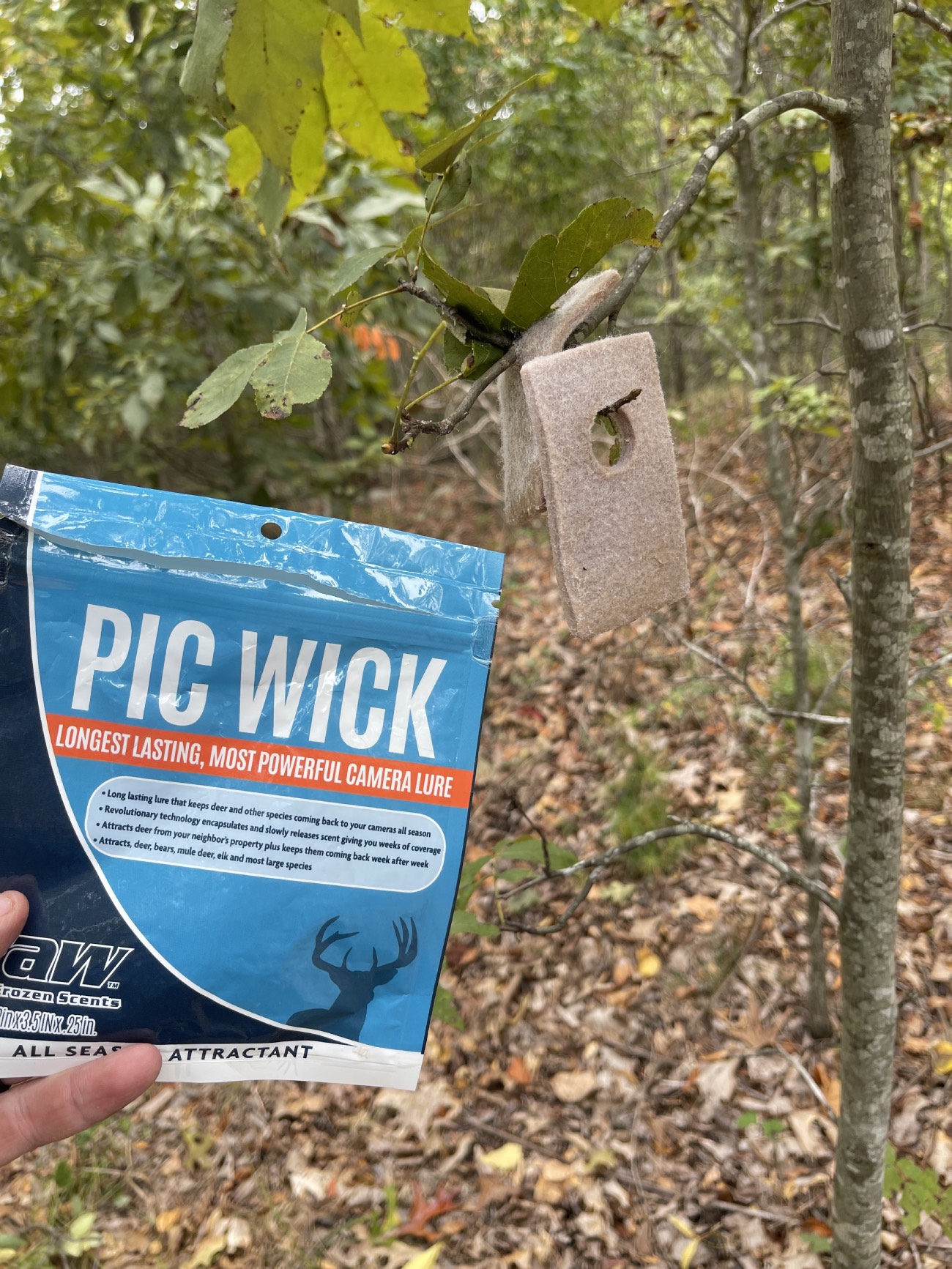
You can prepare for this short time window and find out how many bucks are in your preferred hunting area by making a mock scrape in September. Bucks are curious and territorial animals, and they may use scrapes to size each other up even when they are still in bachelor groups. When they mature, bucks may visit these scrapes to evaluate their competition.
When you pick out a location for a mock scrape, look for an area where bucks have been active in the past. Bedding areas are good candidates but try to find a trail or a food source like an oak ridge if you can. Avoid open areas, as you will need cover to place trail cameras and set a stand.
Making an Early-Season Mock Scrape
Once you have picked out a location for your early-season mock scrape, you will need to clear a circular area with a diameter of 18 to 24 inches. Use a nearby stick to do this, and wear gloves and boots so that you don’t leave any of your scent behind. Many hunters use doe urine to scent their mock scrapes, but scrape blends like Scrape Lure or Pick Wick Camera Lure from Raw Frozen Scents are more effective. Scrape Lure is a blend of doe and buck scents that works well on scrapes that are visited often, while Pick Wick Camera Lure is good for new scrapes because it mimics the scents of food sources and bedding areas.
Drippers and Mock Scrape Kits
Your mock scrape will attract more deer if you use a scent dripper. These devices react to barometric pressure and release scent only during daylight hours when it’s warm. You can hang the dripper on the licking branch that deer use to leave scent markings. If your preferred location doesn't have a convenient overhanging branch, you can make one by using an attachable bracket. Kits that include these brackets are available, and they are great for making mock scrapes in front of stands or trail cameras.
A Successful Hunting Season
Mock scrapes allow hunters to attract deer without using food, and they are quite easy to make and use. Most hunters make mock scrapes in mid-October to coincide with the pre-rut, but making one in September can be a good idea because this is when bucks start to mark their territory. Make your scrape in the middle of the day when deer are cooling off, and then prepare for a successful hunting season.







